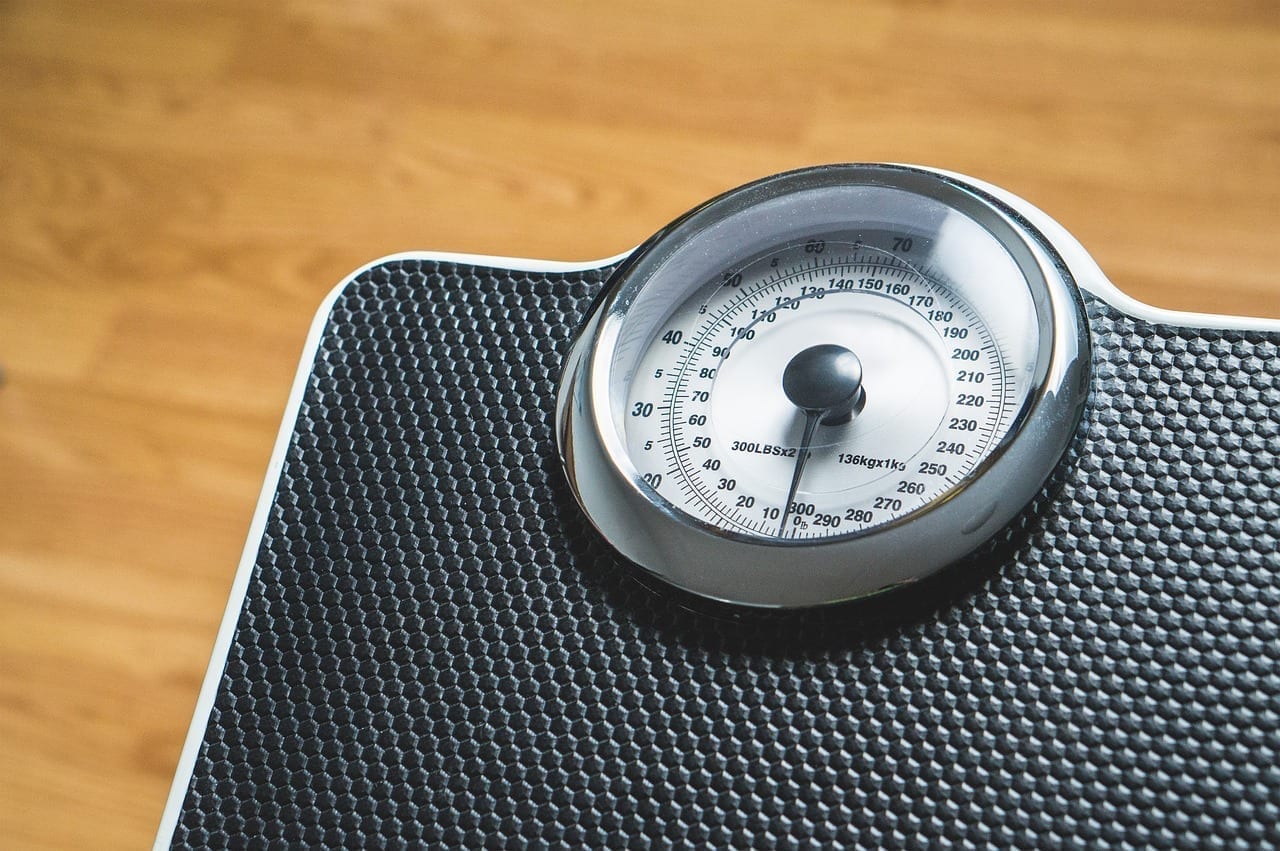The U.S. Food and Drug Administration issued a Monday alert over five deaths related to intragastric balloons.
Intragastric balloons—used in the treatment of obesity—have so far been linked to a dozen fatalities worldwide. A nominally invasive device, the balloons encourage weight loss by taking up space in a patient’s stomach. Inserted through an individual’s mouth, they’re filled with saline solution after being fitted properly in place.
CNN reports that ‘four of the five new cases are related to the Orbera Intragastric Balloon system made by Apollo Endosurgery, Inc. and one to the ReShape Integrated Dual Balloon System made by ReShape Lifesciences.’
Four of the five cases involved the devices creating gastric perforations within patients’ stomachs—small holes in the lining of their digestive system which occurred within a month of insertion.
Apollo Endosurgery and ReShape are both working with the FDA to determine what caused the perforations and how they might be prevented. Until a solution is uncovered, the Food and Drug Administration has approved a series of labeling changes which would prospective users of the handful of deaths caused by the balloons.
“The FDA has approved new labelling for these two devices in order to adequately inform doctors and patients about the adverse effects,” said FDA spokeswoman Deborah Kotz. “We have been working with the companies that manufacture these liquid-filled intragastric balloons to better understand the complications associated with these devices.”

Nevertheless, the FDA still posits the devices as “an appropriate treatment option” for some patients with obesity.
Apollo Endosurgery’s records indicate the failure rate of its intragastric balloons are fairly low. Spontaneous hyperinflation of its systems occurred after operations in 0.07% of cases, causing a gastric perforation rate of 0.01%. In a separate statement recounted by CNN, the company gave a stateside mortality rate in Orbera patients as fewer than four deaths per 10,000 patients.
“Today’s US labeling updates will even better inform physicians and patients alike so that patient care and outcomes with Orbera continue to be excellent and ever improving,” said CEO Todd Newton.
In another statement, ReShape said it’s only received reports of a scarce handful of deaths since its device became available in 2015.
“These three deaths occurred out of more than 5000 balloons implanted around the world, including those in our clinical trial (265) and those sold commercially,” said ReShape in a statement.
The American Society for Metabolic and Bariatric Surgery has considered intragastric balloons safe for use since February, when it added them to a list of approved devices and procedures. Physicians interviewed by CNN opined it was important to take the fatalities in stride—out of the hundreds of thousands of intragastric balloons implanted over the past several years, only a dozen have failed to the point of causing patient deaths.
Sources
FDA issues alert after deaths associated with intragastric balloons
FDA reports five more deaths related to intragastric balloons


Join the conversation!